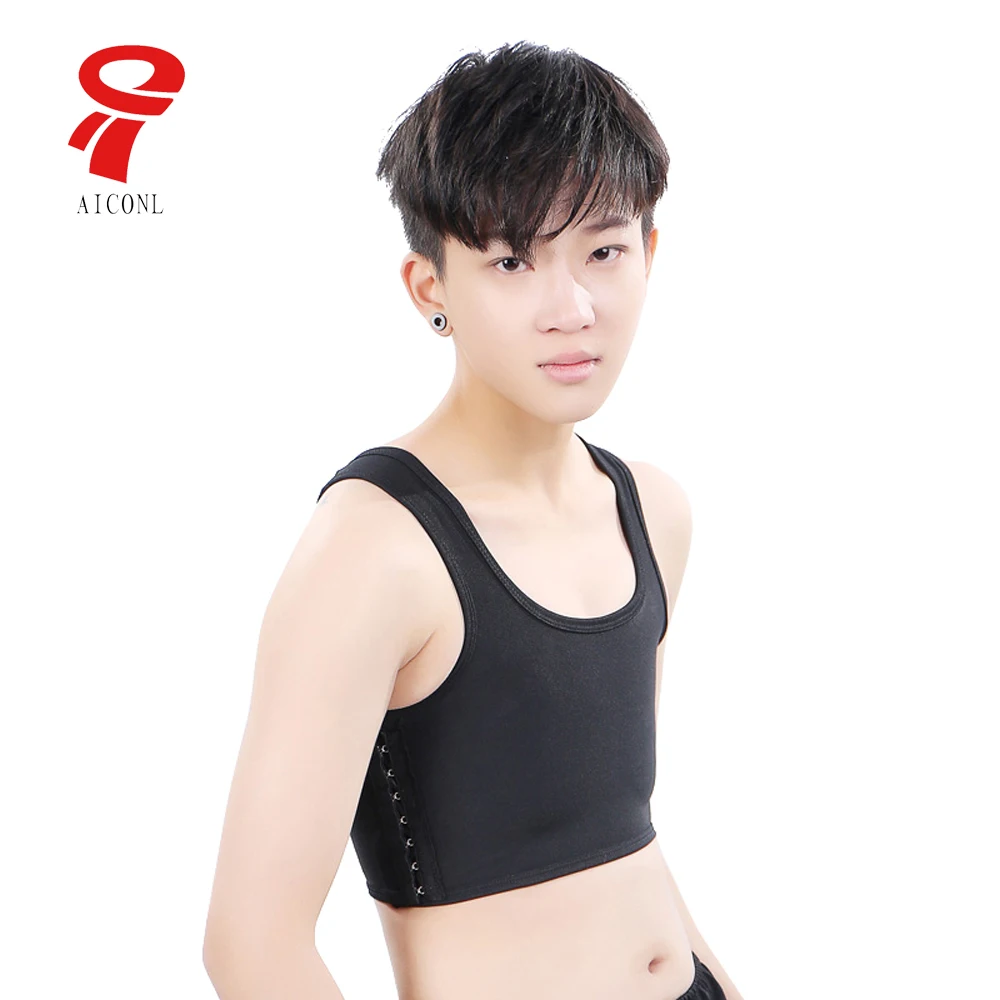

History īreast binding has been used in many historical contexts. In case of health concerns, they tend to seek help from healthcare professionals they perceive as trans-friendly and who will not stigmatize their binding practice. Many people who bind are unwilling to seek medical attention due to a perceived lack of knowledge from healthcare professionals, and continue binding anyway since they believe the benefits out-weigh the risks. Unsafe binding may lead to permanent deformation of the breasts, scarring, and lung constriction, and long-term binding may adversely affect the outcome of a future mastectomy.

#Trans binder skin
Additionally, some unconventional binding materials, such as duct tape or athletic bandages, are known to increase an individual's risk for negative health outcomes such as shortness of breath, musculoskeletal damage, and skin damage. Binding for extended periods of time can lead to rashes or yeast infections under the breasts, back or chest pain, shortness of breath, overheating, or, rarely, fractured ribs. To minimise complications, it is often advised that a binding device/method should always be as loose as is practicable and should not be worn for longer than 8 hours. It is safest to use a binder from a reputable company or a high impact sports bra. Elastic bandages such as ace bandages are also unsafe to use. Duct tape has been used as well, but is dangerous and should be avoided. Other common binding materials include cloth strips, elastic or non-elastic bandages, and shirts layered from tight to loose. These can be more expensive than other options and are not widely stocked, but are generally considered less dangerous than alternatives.

Purpose-built undergarments known as binders or binding bras exist (often using spandex or other synthetic fibre), and are commonly used for breast binding. Men may also find cause to bind if afflicted with gynecomastia as a means to control appearance in place of surgery or during the wait before surgery. Transgender men and people with other gender identities (typically male presenting) may bind their breasts as an alternative to or while waiting for a "top surgery" ( mastectomy) in order to be recognized as masculine presenting. Transgender men, or people with gender dysphoria, as well as women who have developed larger breasts from hormone replacement therapy or breast augmentation surgery, may have motivation to bind their breasts.

Breast binding in adolescent girls may be a symptom of body dysmorphic disorder. This has potential risks, as the developing tissue may conform to the restricted shape, resulting in permanent deformity. This is done usually for reasons of modesty (they do not want others to see them), embarrassment (they do not want others to know they have started developing), or desire to be as they previously were (they do not want to have breasts yet). Some adolescent girls bind their breasts as they enter puberty.


 0 kommentar(er)
0 kommentar(er)
